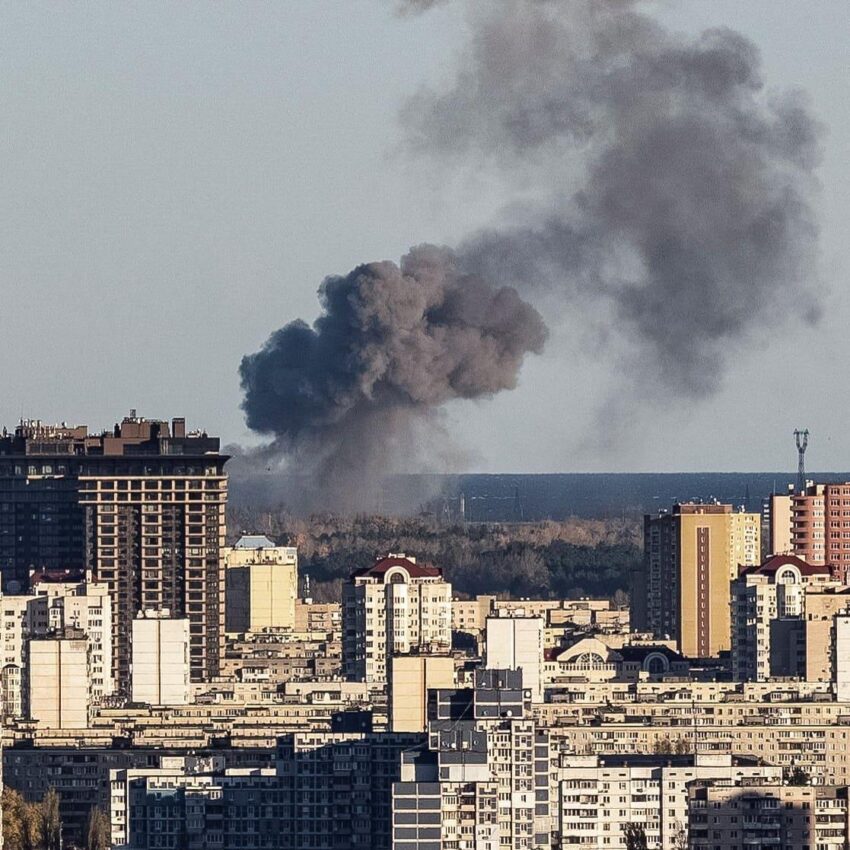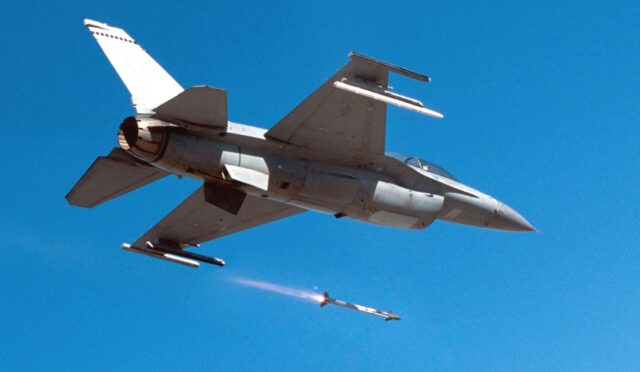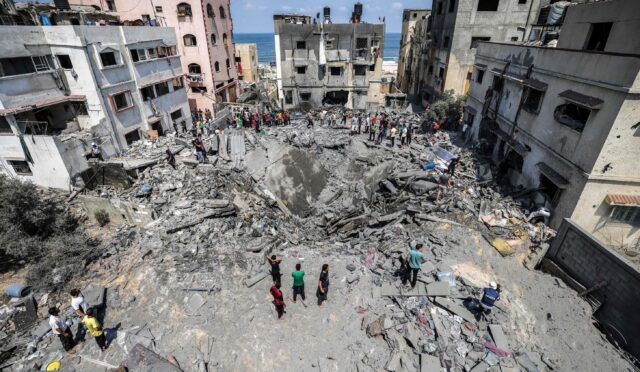Intensified Missile Strikes Target Ukraine’s Energy Infrastructure
On Wednesday, Russia unleashed a significant wave of missiles and drones aimed at Ukrainian energy facilities, escalating an ongoing bombing campaign that has reached a critical juncture in the war. This attack followed closely on the heels of Ukraine’s announcement of its most extensive aerial strike to date against Russian military factories and energy hubs located far from the front lines.
According to reports from the Ukrainian air force, the assault included the launch of 43 cruise and ballistic missiles, along with 74 attack drones, primarily focused on western Ukraine. In the village of Sknyliv, local resident Oleksandra Komuna described the chaos as her home was rocked by the explosions, saying, “All the doors and windows were blown out, everything was blown out. The car was damaged, and the roof was damaged. There were cracks everywhere. It’s such a disaster.”
Ukrainian Leadership Responds with Urgency
In the wake of these strikes, President Volodymyr Zelensky swiftly condemned the attacks and called for increased security support from Ukraine’s international allies. He expressed his concerns on social media, highlighting the winter context of the attacks and noting that the Russian focus remains on crippling Ukraine’s energy sector.
The Russian defense ministry responded, claiming that their forces executed “high precision” strikes on energy facilities that support Ukraine’s military efforts. They asserted that all intended targets were successfully hit, but the Ukrainian air force countered this by stating that they had intercepted 30 missiles and 47 drones during the assault. Prime Minister Denys Shmygal characterized the Russian attack as a failure.
Appeals for Financial Support from the West
After the missile barrage, Zelensky urged Western nations to utilize approximately $250 billion in unallocated frozen Russian assets to procure weapons for Ukraine. Speaking during a press conference in Warsaw alongside Polish President Andrzej Duda, he emphasized the importance of these funds for bolstering Ukraine’s defense capabilities.
Last week, the European Union had already allocated three billion euros (around $3.1 billion) from loans backed by interest on frozen Russian assets to support Ukraine. Additionally, the U.S. State Department imposed new sanctions on over 150 individuals and entities linked to Russia’s defense industry, further isolating Moscow.
Poland Takes Precautionary Measures
In response to the heightened tensions, Poland deployed fighter jets to secure its airspace, reporting no violations during their three-hour mission. Officials noted that critical infrastructure in Ukraine had been targeted during the Russian attack, although specific details were not disclosed.
In the Lviv region, local authorities confirmed that two significant facilities were damaged in the Drogobych and Stryi districts. Governor Maksym Kozytsky stated there were no casualties but acknowledged the extent of the damage. The Russian defense ministry claimed that one of the targets was a major underground gas storage facility in Stryi.
Impact on Ukrainian Communities and Infrastructure
Following the missile strikes, the national grid operator Ukrenergo urged residents to conserve electricity as emergency blackouts were lifted in seven regions. The mayor of Kherson city reported that some community members were left without power due to the overnight attacks.
Earlier in the day, air raid alerts rang out across Ukraine, with AFP journalists noting sirens sounding in the capital. As the Russian military continues its months-long campaign against Ukrainian energy infrastructure, they maintain that these operations are aimed at facilities supporting Kyiv’s military efforts.
Escalation of Drone and Missile Attacks
Amidst the ongoing conflict, Wednesday evening saw reports of several drones igniting a fire at an oil depot in Russia’s Voronezh region, which borders Ukraine. Governor Alexander Gusev shared these developments via Telegram, highlighting the escalating tension between Kyiv and Moscow.
With Russian forces making steady advancements in crucial areas, the situation in Ukraine remains precarious. Yet, amidst the chaos, there was a glimmer of cooperation as both sides announced a prisoner of war exchange involving 25 individuals from each party, indicating a complex interplay of conflict and diplomacy.







